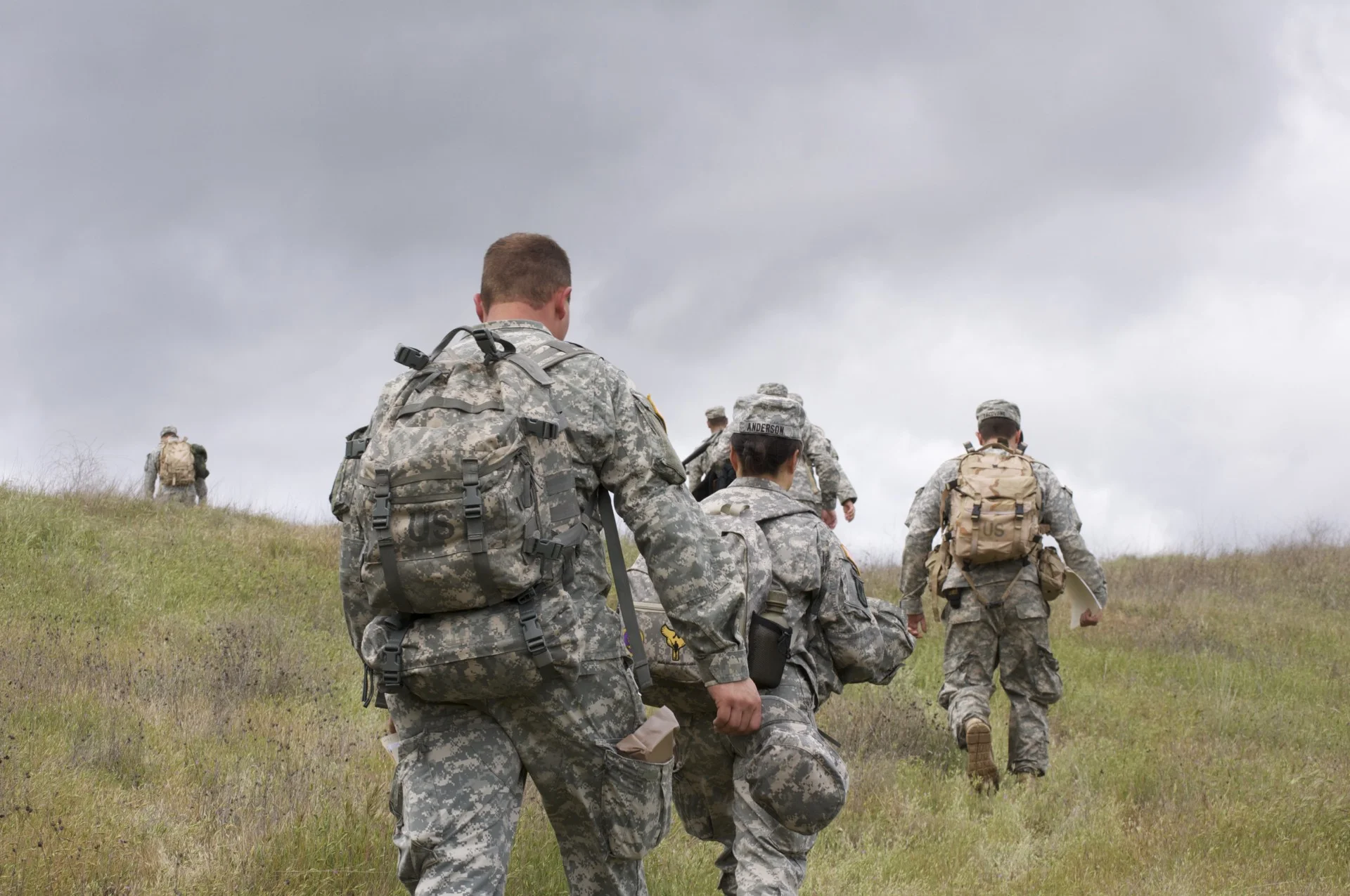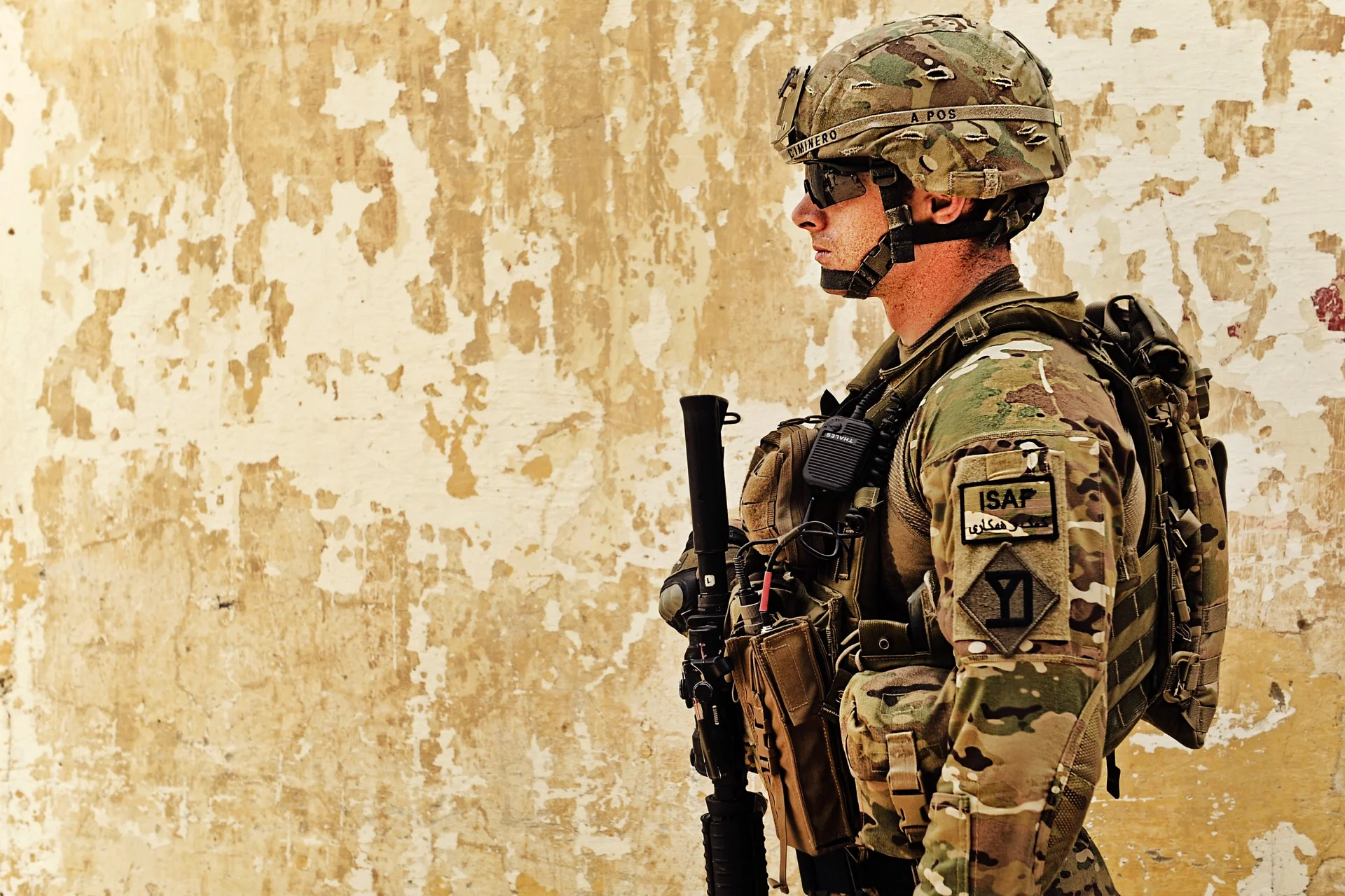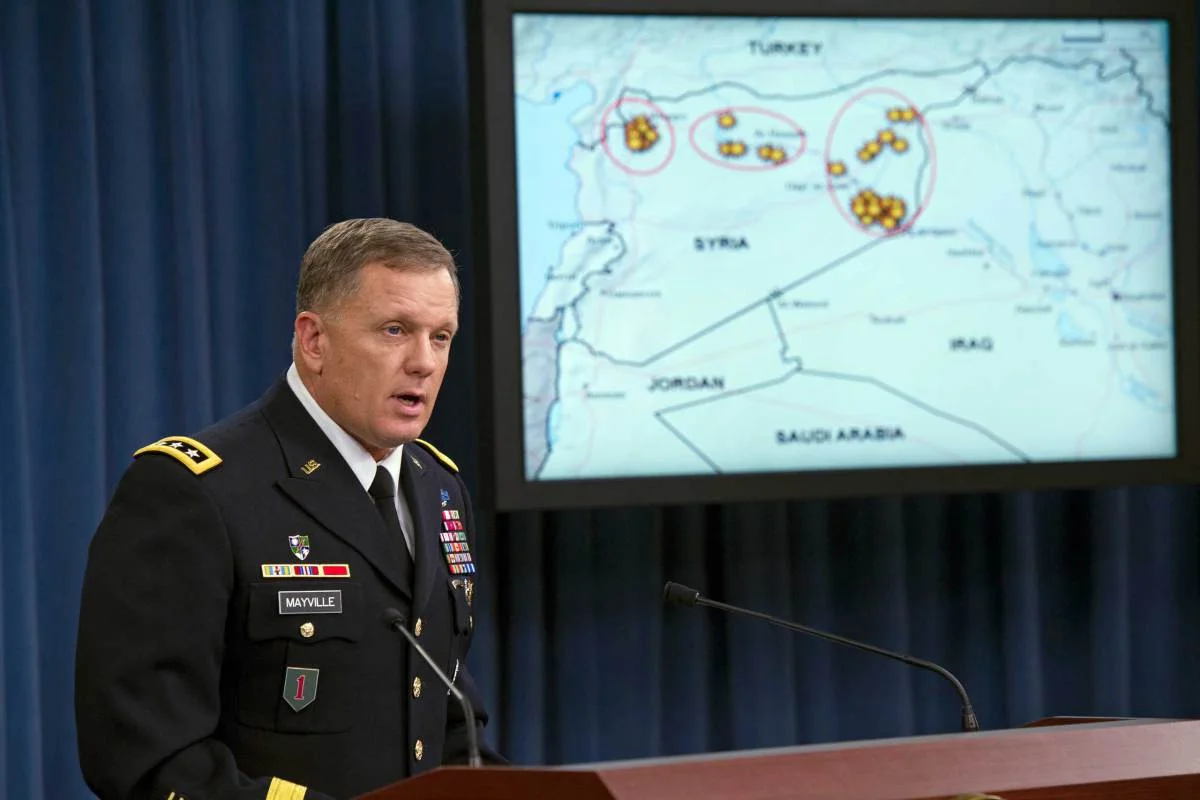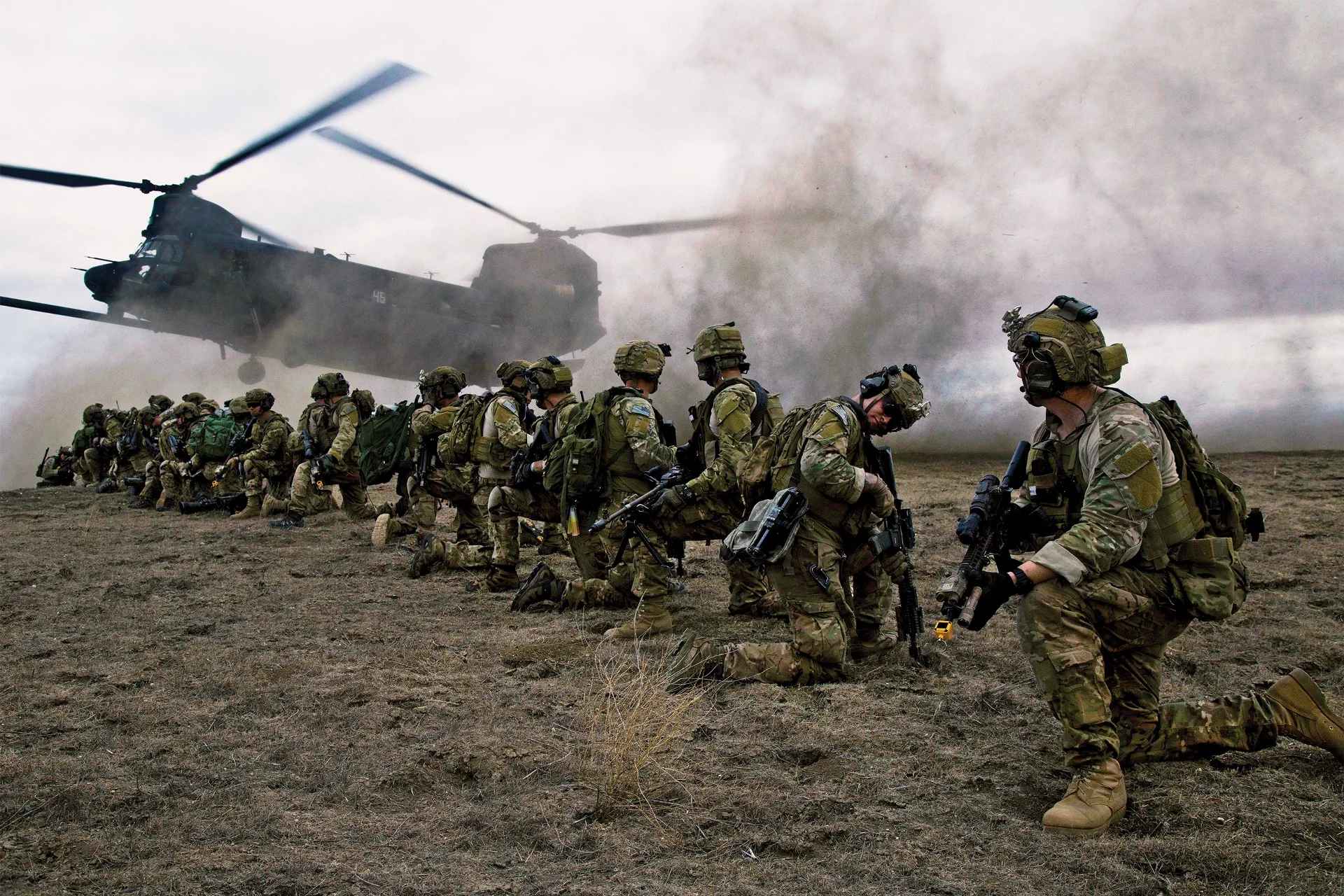The ARNG is tied to the active force more than any time since the World Wars, and the total force continues to depend on an operational reserve component. ARNG units are embedded with active forces, have commanded active forces, and provide force depth. Most recently, National Guard units were tapped via executive order to participate in supporting operations in West Africa as part of the Ebola response. The ability for the reserve force to relegate readiness to previously acceptable standards is no longer a smart option.
#Operating in a (Fiscally) Constrained Environment: Where the Army Operating Concept Misses the Mark
If Air-Land Battle focused on employment of weapons systems (the “Big Five”) to fight and win outnumbered, the current construct, which recently replaced Unified Land Operations, focuses on soldier, leader, and organizational adaptability to win in a complex world. The document in my mind departs from what this concept should do: describe how the army fights in the future.
Already #Operating: The Army #Operating Concept Describes Today, Not Tomorrow
There has been much criticism that there is nothing new in the Army Operating Concept. That is certainly not true, but it is a concern if one sees concepts as oriented on future innovation. I think the Army Operating Concept is more about deliberate adaptation than it is about innovation — that is not necessarily a bad thing, so long as someone is in fact looking beyond 2025 to the force we will need in the future.
#Operating in Confusion: A Reflection on the Army #Operating Concept
Army #Operating Concept: The Promise and Pitfalls of Partners
In military circles, it’s “building partner capacity”. Inside the DC Beltway, it’s “lead from behind”. But whatever buzz word du jour you use, it’s inevitable that the US Army will rely more on its global partners as Soldiers trickle home after thirteen years of war. It’s one of the key themes in the Army Operating Concept.
Training Soldiers for #Operating: The Army #Operating Concept & Basic Training
#Operating Above & Beyond the Concept: An Email Response
Reflections on the new U.S. Army #Operating Concept: What’s in a Name?
When critiquing high level conceptual documents like the U.S. Army Operating Concept, it’s important to remember what they are and what they are not. They are an attempt to steer already ongoing group conversations into specific directions that the leadership feels are needed to prepare the group for future success. They seek to reinforce or clarify some ideas, discount or refute others, and, most importantly, provide direction on how the organization will address both new challenges and existing unresolved problems. They seek to provide common starting points for the discussion and set the parameters for future debate and exploration.
Finding our Voice: The Narrative in the Army #Operating Concept
Undue Emphasis of the Army #Operating Concept
As part of a joint force, the Army is the singular service that needs the man more than the machine. Had the Army Operating Concept ended with using technology to enhance superior training, it may have been on the mark. But by setting the stage to maintain budgetary pace with the other services, the Army may find itself in 2020 with rooms of gear and no one to use it.
Operationalizing the Army #Operating Concept
The Army #Operating Concept and Allies
Since getting to the strategic win is our goal, allies and partners can bring international legitimacy, basing and access, and the intangible aspect of their own political and strategic influence. This last element derives from any number of sources — history, culture, religion, economy — that might be what we need to achieve our strategic aims. Before now, I would have thought such factors were outside of the purview of the Army Operating Concept.
The Army #Operating Concept’s Global Landpower Network: Challenges and Cautions
Any government document with 65 endnotes and a Thucydides call-out in its first three pages can’t be all bad. The AOC is appropriately wide-ranging, covering the full range of Army missions. This piece will focus narrowly on an AOC concept that is mentioned, but not significantly fleshed out: the global landpower network.
The Army #Operating Concept: An Insider’s Perspective
The recently published 2014 Army Operating Concept (AOC) broadly defines how the Army will operate in the near, mid, and far terms. In a bureaucratic sense, the AOC defines capabilities that are required of an Army that will one day make its way through the JCIDS process. However, from a personal perspective, the AOC represents a challenge. It is a challenge to the warfighters and leaders who have been a part of an Army at war for the past thirteen years. To me, the AOC is a challenge to shape and form the Army and its future leaders and build the foundations of its success in the years to come.
#Operating: Beginning a Discussion on the Army Operating Concept
The new Army Operating Concept (AOC) posted earlier this week received a lot of feedback on social media and in the halls of military installations – which ultimately led to this series, titled “#Operating: A Personal Reflection on the Army Operating Concept,” on The Bridge. This post will kick things off by taking a holistic look at the document; later posts will focus on personal reactions to the document – what it says, what it fails to say, or even particular elements from it that resonate.
















